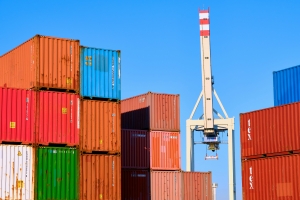Clean Energy Canada | Canada’s 10 largest non-U.S. trade partners focused on building clean economies, and Canada can deliver: report
April 16, 2025

VANCOUVER — The ongoing tariff drama created by President Donald Trump has turned economic diversification into a national imperative for America’s northern neighbour.
Fortunately, Canada has trade agreements with 60% of the global economy, making it well positioned to lessen its reliance on U.S. markets. But as Canadian governments and companies look to make strategic and long-term investment decisions with these trading partners in mind, Canada must accurately assess where their economies are headed.
Accordingly, a new Clean Energy Canada analysis finds that among Canada’s 10 largest non-U.S. trade partners, all of them have net-zero commitments and carbon pricing systems, and roughly half apply carbon border adjustments on imports and have domestic EV requirements reshaping their car markets.
Taken together, these measures send a clear, unmistakable signal. Carbon border adjustments, for example, levy a charge based on the carbon intensity of a good’s production and therefore incentivize low-carbon products from importing nations like Canada.
Meanwhile, the existence of a carbon price and a requirement for more EVs means that a market is weaning itself off fossil fuels, and thus demand for oil and gas will see a decline, while interest in clean energy imports and low-carbon products will increase.
A number of think tanks and business groups have analyzed and identified opportunities in Canada’s clean economy, including but not limited to clean electricity generation and transmission, critical minerals, EVs and batteries, low-carbon heavy industry, and value-added agricultural and forest products, all of which are explored in the report.
To realize Canada’s potential, federal and provincial governments should take a number of important steps, including:
- accelerating regulatory and permitting processes for clean growth projects,
- recognizing green collar worker credentials across provinces,
- accelerating the build-out of critical trade, energy, and transportation infrastructure,
- prioritizing interprovincial electricity grid interties in strategic regions,
- supporting demand for clean goods that benefit Canadian suppliers,
- and promoting Canadian businesses abroad and Canada as a destination for investment under the banner of a “Clean Canada” brand.
As The World Next Door concludes, seizing the clean economic opportunity is not about starting over, but about leveraging pre-existing industries and advantages in a way that sets Canada up for a sustainable future.
RESOURCES
Report | The World Next Door